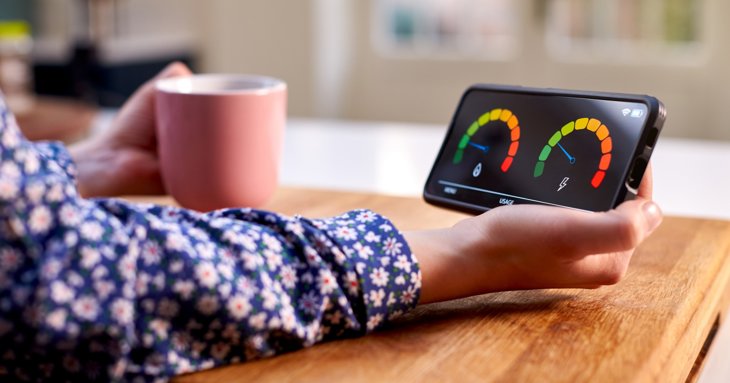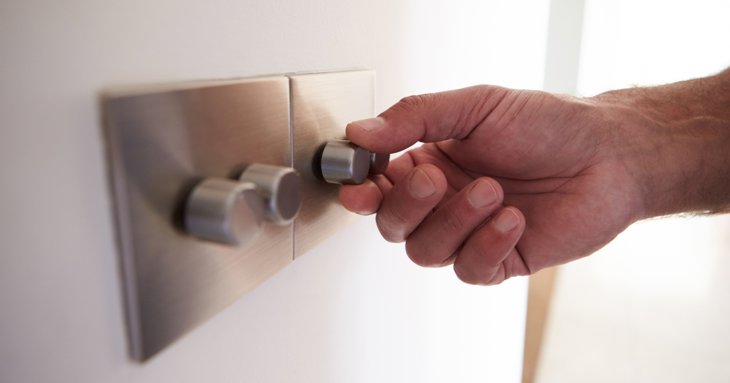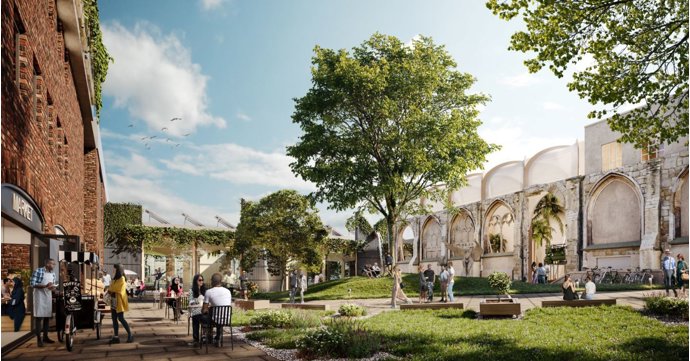With the average UK household able to save around £280 a year by being more energy efficient, Gloucestershire County Council has launched its 'Cutting Costs and Carbon' campaign to help local residents battle high inflation and the increased cost of living, with helpful tips on how they can slash their energy bills.
Focusing on no cost, low cost and some cost options, SoGlos rounds up 18 simple changes people can make to save energy and money this year.
No cost

Turn your boiler flow temperature down
A great tip for reducing energy costs in your Gloucestershire home is to check your boiler flow temperature. Turning it down doesn't affect the overall heat of your home - this is set by the thermostat - but it does mean your boiler takes slightly longer to get to that temperature. This easy change can help people to save up to £100 per year.
Use the Warm and Well service
The Warm and Well service in Gloucestershire can provide grants for insulation or heating and offers free energy efficiency advice, with a team of trained energy advisors to help you stay warmer and healthier in your home. Since starting, the scheme has been involved in the installation of over 60,000 energy efficiency measures.
Make use of the barbecue
During the summer months, maximise on how frequently you use your barbecue - and heat it with waste wood. Not only will this help you save on your energy bills, as no electricity or gas is used, it also makes for a great alfresco meal!
Leave a gap
Make sure you leave a gap between the furniture and radiator to allow heat to circulate more efficiently. The space allows convection currents to flow around the room, heating the space faster and more effectively.
Turn appliances off at the socket
One of the most straightforward ways to save both energy and money is to turn appliances off at the socket, rather than leaving them on standby. Devices that consume the most energy when left on standby include televisions, television boxes, microwaves and computers. Unplugging these can save the average home around £70 and up to £147 a year for high energy consumers.
Choose energy smart cooking
The kitchen is often where most of the energy in our homes is used, but there are many things you can do to make cook in an energy-smart way. For example, it's more energy efficient to heat water in a kettle than on a stove; using a lid to cover pots and pans means food will cook quicker and use less energy; and turning your oven off 10 minutes before your food finishes will continue cooking at the same temperature.
Fill appliances
Whether it's the dishwasher, washing machine or even your oven, it's best to fill appliances to make the most of its energy use, rather than running the machines multiple times.
Think about thermostat placement
It's best practice not to position your thermostat near your front door, as any cold air entering can manipulate the temperature being recorded and force the boiler to fire up unnecessarily.
Keep the garage door shut
Along with keeping draught out, keeping the garage door shut at all times allows less heat to escape from the rooms adjacent to it.
Regularly defrost your freezer
Another easy but useful tip is to regularly defrost your freezer. Not only does this make sure the the freezer is working at its most effective rate, but it also allows you to fill it up. A full freezer uses less energy, as it won't warm up when the door is opened. If a freezer is relatively empty, the compartment will fill up with warm air, resulting in the freezer working harder to cool it down again.
Low cost

Insulate your hot water tank
Although it costs between £15 and £40 to buy a 'jacket' for your hot water tank, it could pay off – saving you up to £70 per year. The jacket works by keeping the water hotter for longer and reducing heat loss from the tank.
Learn when and how to bleed a radiator
Though learning how to bleed your radiator is free via online articles and videos, you may need to purchase a radiator key. The SSE recommends that people bleed their radiators once a year, even if they're working. Bleeding the radiator means your home will get warmer at a lower cost.
Swap to an energy-efficient shower head
An energy-efficient shower head can reduce the amount of water you use - and when you're using less water, you use less energy to heat it .There are two main types of energy-efficient shower heads: non-aerating shower heads, which work by forcing water through smaller holes to produce a high-pressure flow; and aerating shower heads, which work by restricting the flow of water and mixing it with air.
Consider a standby saver
As we mentioned earlier, switching appliances off at the plug is an easy way to save money. For convenience, you can consider investing in standby savers – also known as energy-saving plugs. These are plugged in between the appliance and the socket and can be easily switched off with the flick of the remote control button, blocking power from moving through the socket.
Choose an LCD or LED television
If you're investing in a new television but want to keep energy-savvy, opt for LCD or LED, rather than plasma. Both LCD and LED devices are more efficient and could save you money on your energy bill.
Decorate with pale colours
For something slightly out of the box, decorating with pale colours can help you to save pennies. If your walls are painted with soft tones, they reflect more light. This means you can use lower wattage light bulbs and still achieve great levels of illumination.
Install a chimney sheep
When your fire isn't lit, a lot of heat from your home can escape through the chimney. A handy remedy for this is to install chimney balloons or a chimney sheep, which will eliminate draughts coming down the chimney, keeping the optimum amount of heat in.
Some cost

Fit dimmer switches
Investing in dimmer switches can help to cut down your costs quite a way, saving you up to 20 per cent on your electricity bill. Dimmer switches also prolong the life of your bulbs, allowing them to run at a lower power and emitting less heat.





















